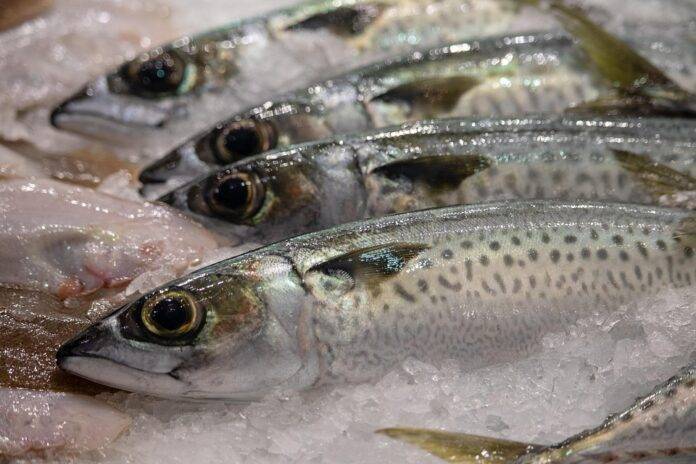The Global Seafood Market Report 2025: Trends & Forecasts
The global seafood market is set to experience significant growth in the coming years, with a focus on sustainability, innovation, and changing consumer preferences. According to a report by Market Research Future, the global seafood market is projected to reach a value of $155 billion by 2025, growing at a CAGR of 3.7% during the forecast period.
Market Overview
The global seafood market is driven by several factors, including the increasing demand for protein-rich food, rising awareness about the health benefits of seafood, and the growing popularity of seafood among consumers. Additionally, the rise in disposable income in emerging economies has led to an increase in the consumption of seafood products.
Market Segmentation
The global seafood market can be segmented based on the type of seafood, distribution channel, and region. In terms of the type of seafood, the market can be categorized into fish, crustaceans, mollusks, and others. Fish is the most consumed type of seafood, accounting for the largest market share.
Key Players
Some of the key players in the global seafood market include Thai Union Group, Mowi ASA, Maruha Nichiro Corporation, Nippon Suisan Kaisha, High Liner Foods, and others. These companies are focusing on product innovation, mergers and acquisitions, and partnerships to gain a competitive edge in the market.
Market Trends
1. Sustainability: With increasing concerns about overfishing and environmental degradation, there is a growing emphasis on sustainable seafood practices. Consumers are demanding ethically sourced seafood products, leading to a rise in certifications such as MSC (Marine Stewardship Council) and ASC (Aquaculture Stewardship Council).
2. Plant-based Seafood: The rise of plant-based seafood alternatives is a trend to watch in the coming years. Companies like Beyond Meat and Good Catch are producing plant-based seafood products that mimic the taste and texture of traditional seafood but without the environmental impact.
3. E-commerce: The shift towards online shopping has also impacted the seafood market, with an increasing number of consumers opting to purchase seafood products online. This trend is expected to continue to grow as consumers seek convenience and a wider variety of seafood options.
Market Challenges
Despite the growth opportunities, the global seafood market faces several challenges, including:
1. Regulatory Issues: The seafood industry is highly regulated, with strict guidelines on fishing practices, food safety, and sustainability. Compliance with these regulations can be a challenge for seafood companies.
2. Price Volatility: The price of seafood products is influenced by various factors such as weather conditions, demand-supply dynamics, and currency fluctuations. This volatility can impact the profitability of seafood companies.
3. Competition: The global seafood market is highly competitive, with numerous players vying for market share. Companies need to differentiate themselves through product quality, branding, and marketing to stand out in the crowded marketplace.
Future Outlook
The future of the global seafood market looks promising, with continued growth expected in the coming years. The focus on sustainability, innovation, and meeting consumer preferences will drive the market forward. As technology continues to advance, we can expect to see further developments in aquaculture, traceability, and transparency in the seafood supply chain.
In conclusion, the global seafood market is poised for growth, driven by changing consumer preferences, sustainability concerns, and technological advancements. Companies that can adapt to these trends and challenges will be well-positioned to succeed in the competitive seafood industry.
Read: The Global Seafood Industry – Market Trends, Trade, and Future Outlook



